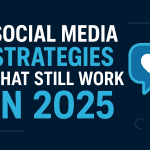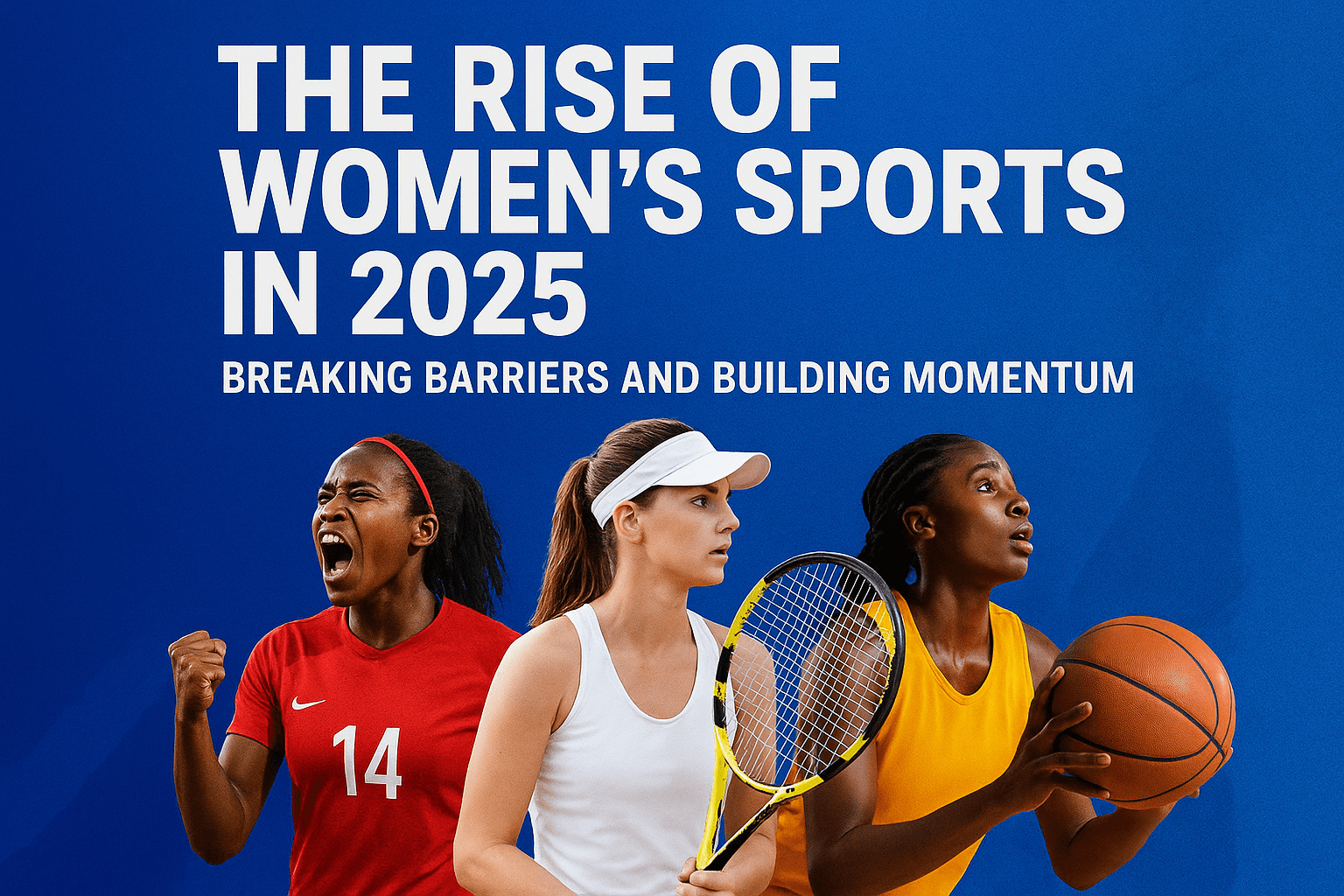In 2025, women’s sports are experiencing a historic breakthrough. From record-breaking viewership to massive sponsorship deals, female athletes are finally getting the recognition they’ve long deserved. What once was a fight for visibility has now become a movement for equity, empowerment, and excellence.
Let’s explore how women’s sports have evolved, what’s driving the surge in popularity, and why 2025 might be the year women’s athletics reach new global heights.
1. A New Era of Visibility
For decades, women’s sports struggled for airtime and audience engagement. But today, the story is different.
Streaming platforms, digital media, and social networks have made it easier for fans to watch, share, and celebrate female athletes.
Events like the FIFA Women’s World Cup, WNBA playoffs, and Women’s Cricket League have seen record-breaking audiences, both in stadiums and online.
Major broadcasters are finally investing in equal coverage — and the results are paying off.
👉 Fact: In 2025, women’s sports viewership is up more than 40% compared to 2022 across major leagues.
2. Brands Are Finally Paying Attention
Sponsorships have become one of the biggest drivers of growth.
Top brands now realize that supporting female athletes isn’t just good ethics — it’s smart business.
Companies like Nike, Adidas, and Red Bull have launched women-led campaigns highlighting performance, confidence, and individuality.
Athletes such as Coco Gauff, Alexia Putellas, and Naomi Osaka have become global icons, inspiring millions of fans and reshaping brand partnerships.
💡 Insight: Sponsorship spending in women’s sports has grown by nearly 200% since 2020, marking one of the fastest surges in sports marketing history.
3. Equal Pay Is Gaining Ground
The conversation about pay equity is no longer just talk — it’s action.
Following the lead of the U.S. Women’s National Soccer Team, more leagues are now closing the pay gap between men and women.
Cricket, basketball, and even esports have started introducing equal prize pools and transparent contract policies.
While full equality hasn’t been reached yet, the progress made in the last three years alone is unprecedented.
4. Social Media Power and Personal Branding
Social media has become a game-changer for women in sports.
Athletes now build their own audiences, independent of traditional media gatekeepers.
Platforms like TikTok, Instagram, and YouTube Shorts have allowed athletes to share training routines, personal stories, and behind-the-scenes moments — connecting directly with millions of fans.
This authenticity has helped women’s sports grow not just in popularity, but also in emotional connection. Fans aren’t just watching — they’re supporting a movement.
5. Grassroots Growth and Youth Development
The foundation of women’s sports lies in youth participation.
Countries around the world are now investing in grassroots programs, giving young girls better access to training, coaching, and mentorship.
From school leagues in India to soccer academies in Europe, girls are getting opportunities that didn’t exist a decade ago.
This new generation is more confident, skilled, and inspired — and they’re redefining what it means to be an athlete.
6. Technology and Performance Innovation
Technology is leveling the playing field.
AI-driven analytics, wearable sensors, and virtual coaching tools have made performance tracking more precise and accessible.
Female athletes now use the same data-driven insights as men to enhance their performance and prevent injuries.
In 2025, sports science isn’t gendered — it’s empowering everyone equally.
7. The Media Shift: From Token Coverage to True Storytelling
Gone are the days of short highlight reels.
Media outlets are now investing in documentaries, podcasts, and behind-the-scenes features that tell deeper stories about female athletes — their struggles, triumphs, and journeys.
These authentic narratives inspire not only fans but also young women who see themselves reflected on the big screen.
Streaming giants like Netflix and Amazon Prime have even launched dedicated women’s sports categories.
8. The Rise of Women in Leadership
It’s not just athletes making waves — women are now leading as coaches, commentators, executives, and investors.
Former players are stepping into leadership roles, influencing decisions that shape the future of sports organizations.
Their presence ensures fairer representation, more inclusive policies, and better opportunities for upcoming talent.
The result? A sports world that feels more balanced and future-ready.
9. Global Impact and Cultural Change
The growth of women’s sports goes beyond the field — it’s changing culture.
It challenges outdated gender norms, redefines athleticism, and empowers communities.
When a girl sees Serena Williams, Megan Rapinoe, or Simone Biles dominate their sport, she learns that excellence has no gender.
This cultural ripple effect is creating a generation that values equality not as a trend, but as a truth.
10. The Future: 2025 and Beyond
The trajectory is clear — women’s sports are not a niche anymore. They are a movement with unstoppable momentum.
More leagues, better infrastructure, global media coverage, and fan engagement mean the future looks brighter than ever.
By 2030, analysts predict that women’s sports could generate over $15 billion annually, with viewership rivaling major men’s events.
The revolution has begun — and it’s being led by women who refuse to settle for less.
The rise of women’s sports in 2025 is more than just an athletic story — it’s a social evolution.
It’s about visibility, equality, and empowerment. It’s about rewriting history and showing that talent, passion, and determination know no gender.
As fans, brands, and organizations, our role is to keep the momentum alive.
Because the future of sports isn’t male or female — it’s equal.









